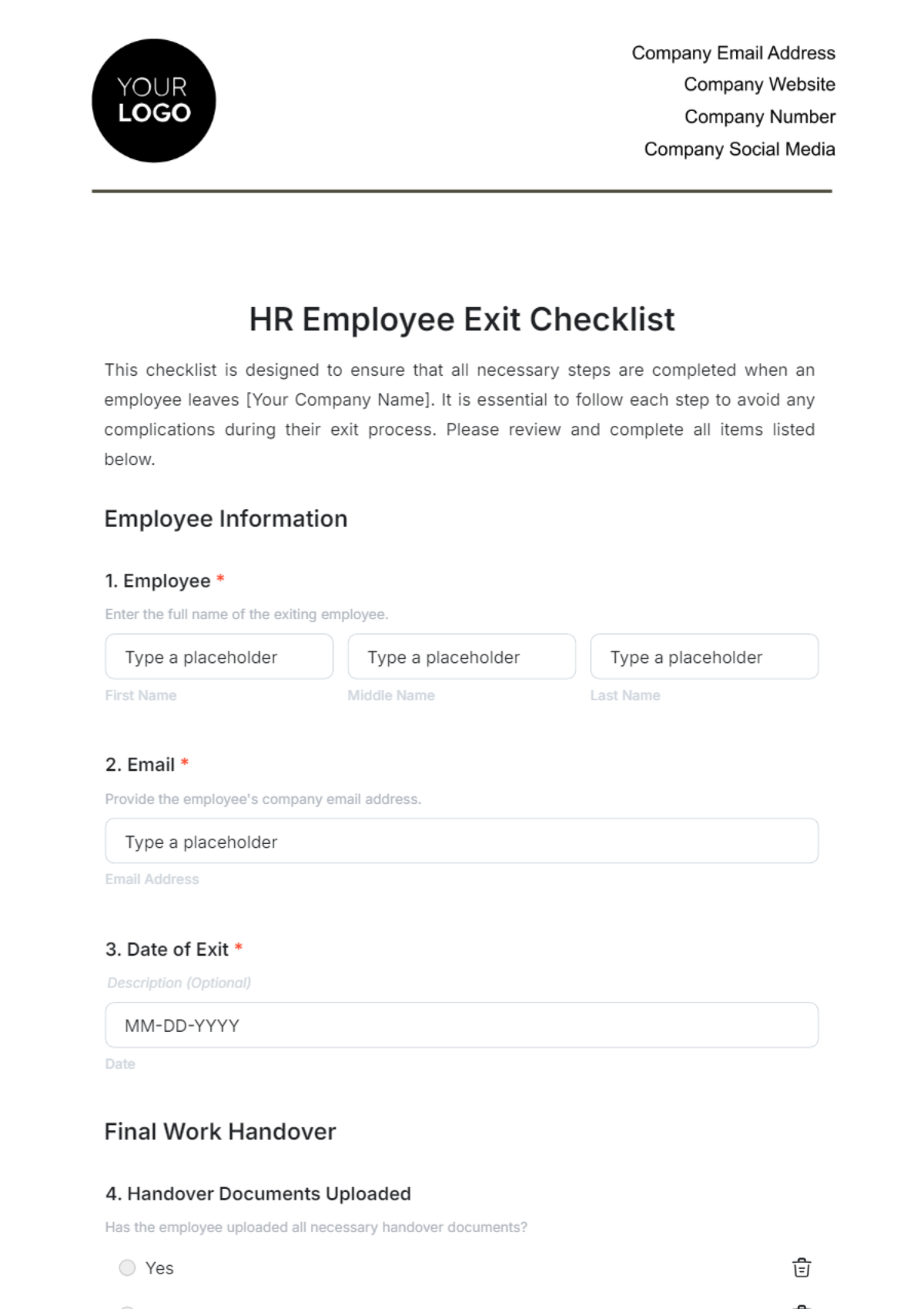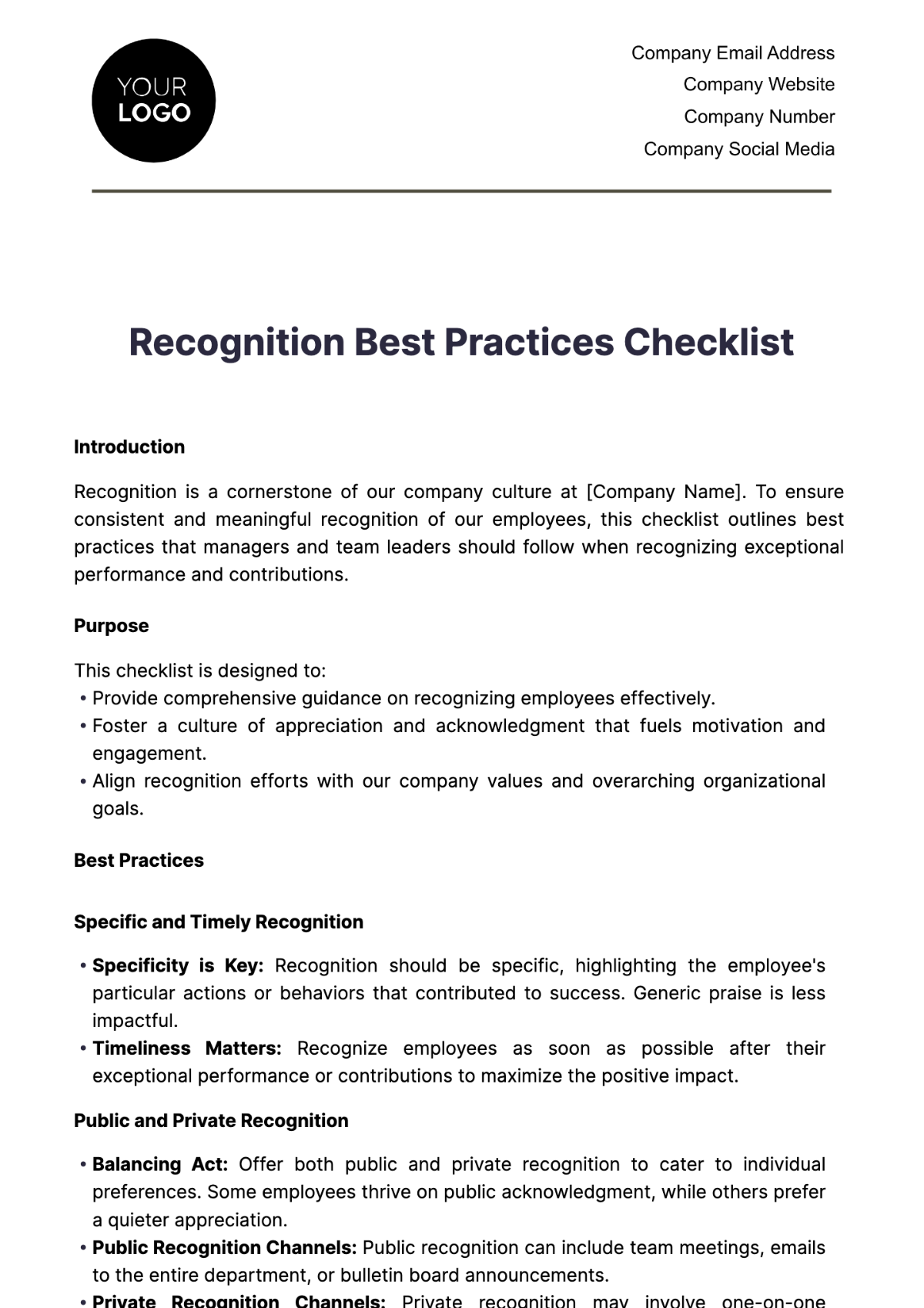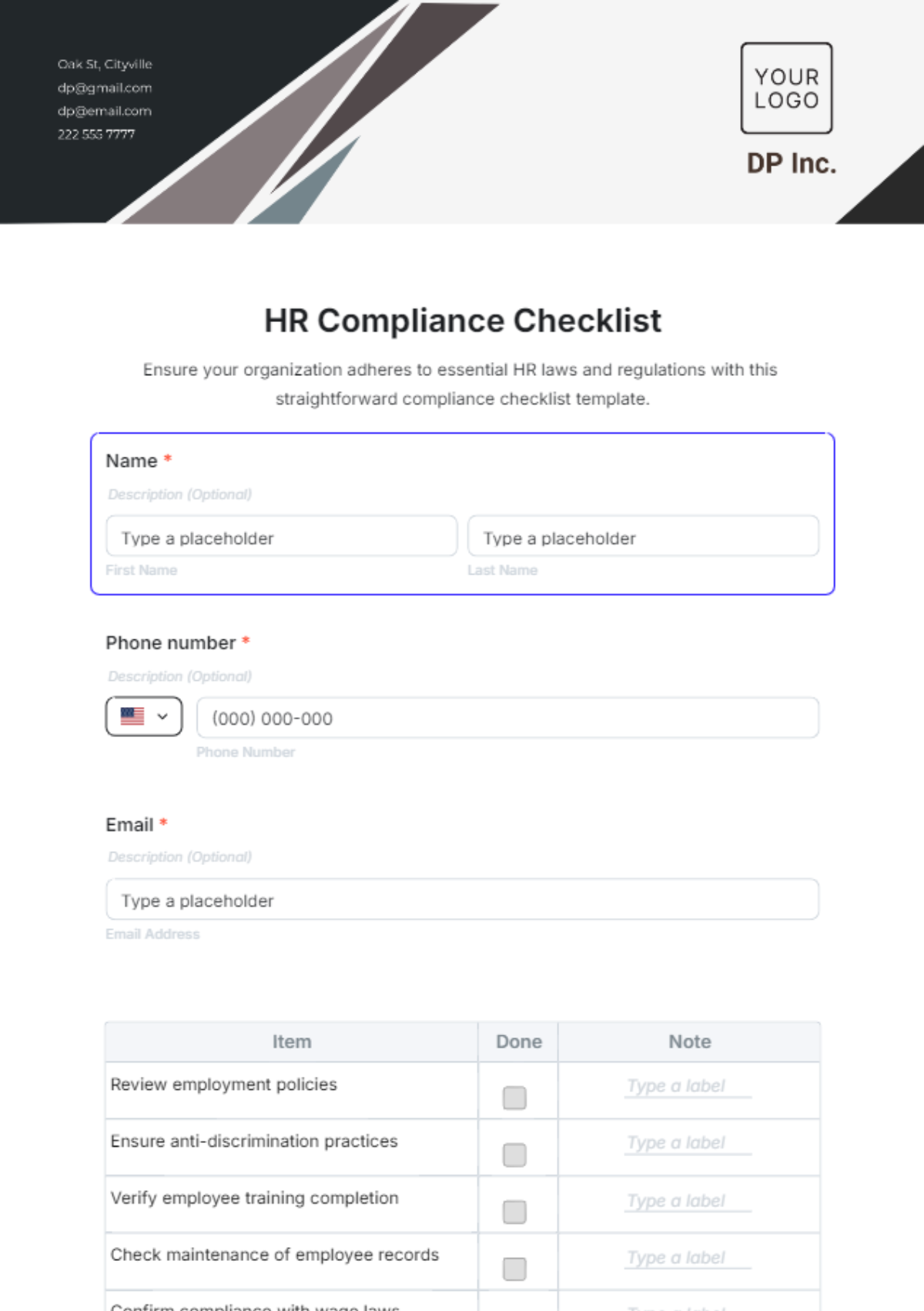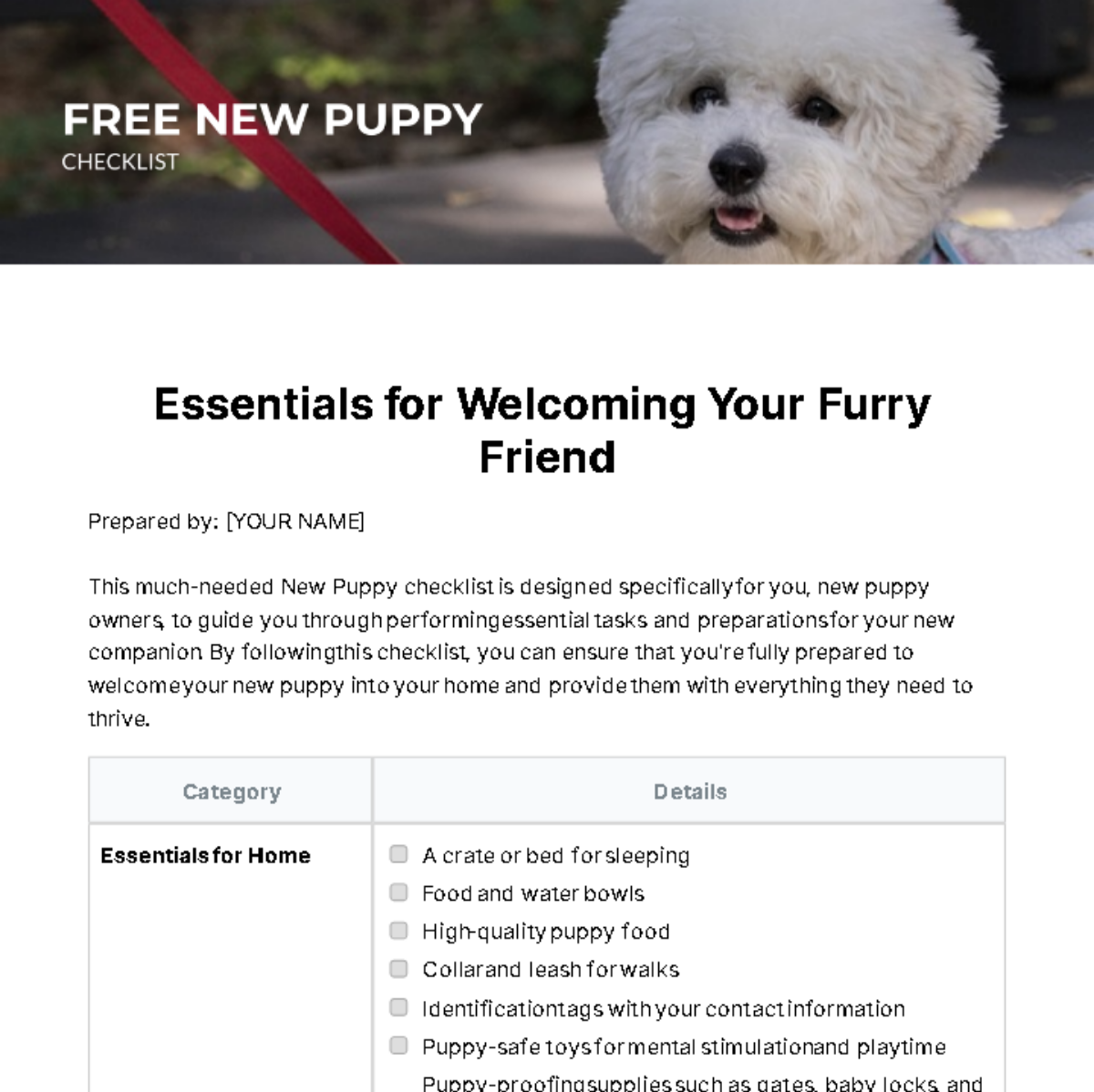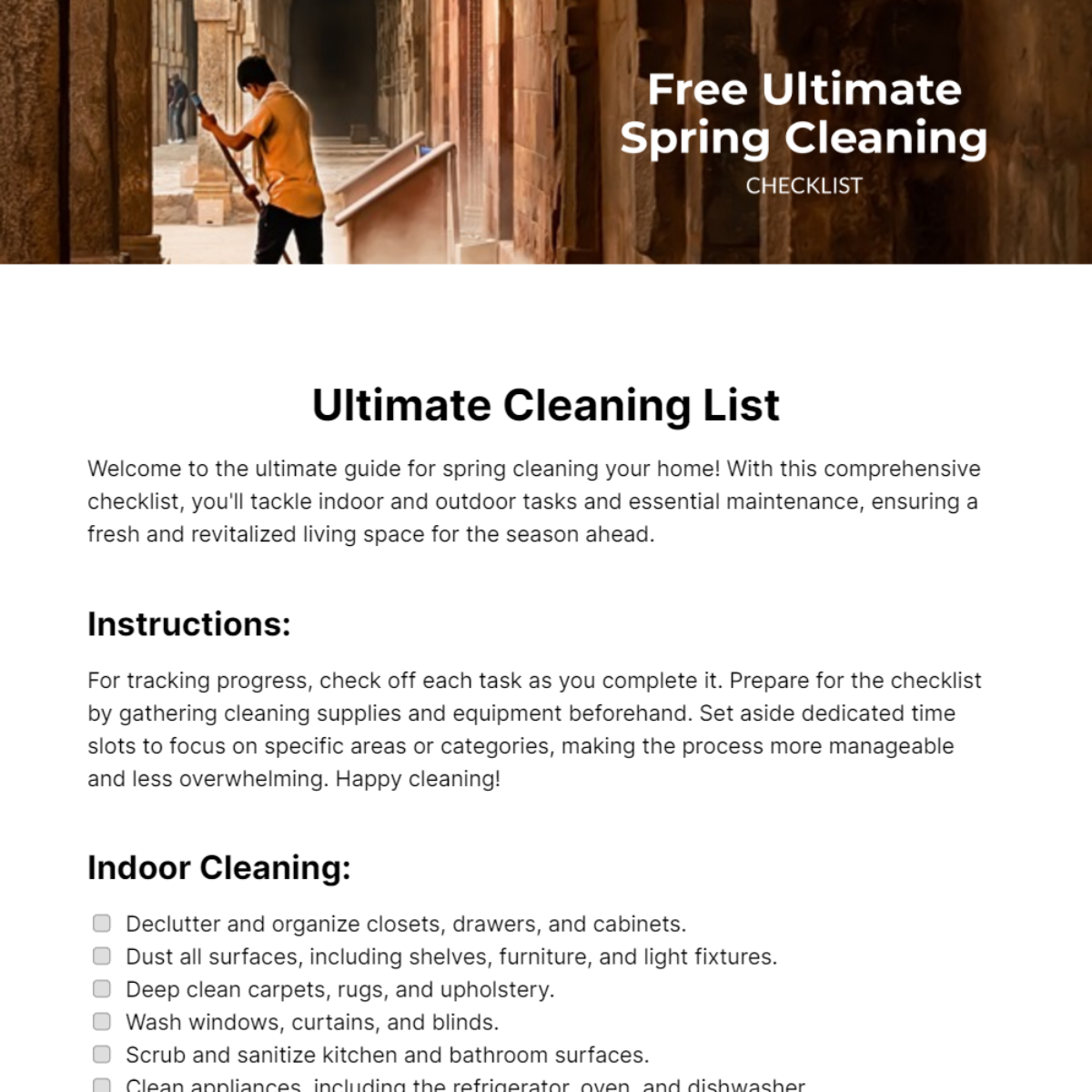Crafting SEO-Friendly Content
This special SEO Checklist serves as a practical tool for content creators aiming for increased website ranking, excellent online visibility, and compelling web presence. It covers strategic keyword usage, effective SEO copywriting, engaging content creation, and advanced meta optimizations. The checklist promotes an SEO-friendly approach to digital marketing, ensuring content is attractively poised for both search engines and readers. Get ready to drive more organic traffic to your website as we delve into the art of SEO.
SEO Objective:
Conduct a comprehensive SEO audit to identify areas for improvement.
Set specific, measurable, achievable, relevant, and time-bound (SMART) SEO objectives, such as increasing organic traffic by 20% in six months.
Analyze competitors' SEO strategies to identify opportunities and threats.
Implement technical SEO enhancements, such as optimizing site speed, fixing broken links, and improving mobile responsiveness.
Develop a backlink acquisition strategy to improve domain authority and search engine rankings.
Monitor and analyze key SEO metrics regularly, such as organic traffic, keyword rankings, and click-through rates.
Implement structured data markup to enhance search engine visibility and improve rich snippet appearance.
Stay updated with search engine algorithm changes and adapt strategies accordingly.
Conduct regular SEO performance reviews to assess progress towards objectives and make adjustments as necessary.
Collaborate with other teams, such as content creators and developers, to ensure SEO best practices are integrated into all aspects of the website.
Keyword Strategy:
Conduct keyword research to identify relevant and high-volume keywords related to the business niche.
Prioritize keywords based on search volume, competition, and relevance to the target audience.
Group keywords into thematic clusters to guide content creation and website structure.
Identify long-tail keywords to target specific audience segments and address their needs.
Monitor keyword trends and adapt the strategy to capitalize on emerging opportunities.
Optimize website content, including titles, headings, and body copy, with targeted keywords.
Use keyword variations and synonyms naturally throughout the content to improve relevance and avoid keyword stuffing.
Create landing pages targeting specific keyword groups to improve organic search visibility.
Regularly review and update the keyword strategy based on performance data and changes in the competitive landscape.
Use keyword research tools and analytics platforms to gather insights and refine the keyword strategy over time.
Content Creation:
Develop a content calendar based on keyword research, industry trends, and audience interests.
Create high-quality, original content that provides value to the target audience and addresses their pain points.
Optimize content for search engines by incorporating targeted keywords in titles, headings, meta descriptions, and body copy.
Use a variety of content formats, such as blog posts, videos, infographics, and podcasts, to engage different audience preferences.
Implement a content distribution strategy to reach the target audience through various channels, including social media, email marketing, and guest blogging.
Encourage user-generated content, such as reviews, testimonials, and comments, to increase engagement and build community.
Monitor content performance metrics, such as page views, time on page, and social shares, to assess effectiveness and identify areas for improvement.
Experiment with different types of content and publishing cadences to determine what resonates best with the audience.
Collaborate with influencers, industry experts, and other content creators to expand reach and credibility.
Regularly update and repurpose existing content to keep it relevant and maximize its lifespan.
Meta Optimization:
Write compelling meta titles and descriptions that accurately reflect the content of each page and include relevant keywords.
Optimize meta tags for click-through rate by incorporating persuasive language and calls to action.
Use schema markup to enhance rich snippets and improve visibility in search engine results pages (SERPs).
Ensure meta tags are unique for each page to avoid duplicate content issues and maximize visibility for a variety of search queries.
Conduct A/B testing of meta tags to identify the most effective messaging and optimize for user engagement.
Regularly review and update meta tags based on changes in search engine algorithms, keyword performance, and user behavior.
Implement meta robot tags to control how search engines crawl and index specific pages on the website.
Monitor SERP features, such as featured snippets and knowledge panels, and adjust meta-optimization strategies accordingly.
Use Google Search Console and other tools to analyze click-through rates and identify opportunities to improve meta tags.
Stay up-to-date with best practices for meta-optimization and incorporate new techniques as search engine algorithms evolve.




